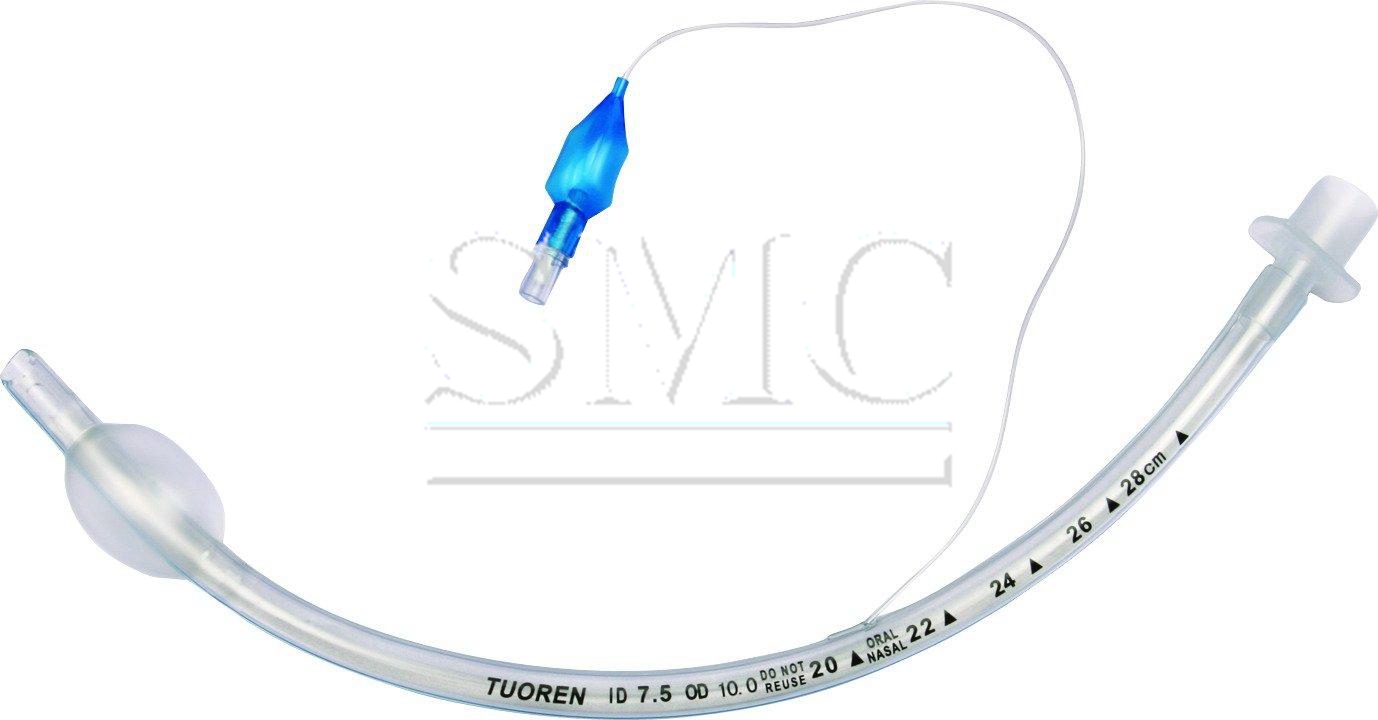Notice: Undefined index: sith_hide_share in /www/sites/alloy.wiki/index/wp-content/themes/likegoogle/single.php on line 32
Deprecated: get_settings is deprecated since version 2.1.0! Use get_option() instead. in /www/sites/alloy.wiki/index/wp-includes/functions.php on line 4862
What is endotracheal intubation?
Endotracheal intubation (EI) is an emergency procedure that’s often performed on people who are unconscious or who can’t breathe on their own. EI maintains an open airway and helps prevent suffocation.
In a typical EI, you’re first given a heavy anesthetic. Then, a flexible plastic tube is placed into your trachea, or windpipe, through your mouth or nose to help you breathe.

The trachea, also known as the windpipe, is a tube that carries air to your lungs. It’s about 4 inches long and 1 inch wide. It begins just under your larynx, or voice box, and extends down behind the breastbone, or sternum. Your trachea then divides into two smaller tubes called bronchi. Each tube connects to one of your lungs.
Your trachea is made up of tough cartilage, muscle, and connective tissue. Its lining is composed of smooth tissue. Each time you breathe in, your windpipe gets slightly longer and wider. It returns to its normal size as you breathe out.
You can have difficulty breathing or may not be able to breathe at all if your trachea is blocked or damaged. This is when EI is necessary.
How is endotracheal intubation done?
Once you’re sedated, your anesthesiologist will open your mouth and insert a small instrument with a light called a laryngoscope. This instrument is used to examine the inside of your larynx, or voice box. Once your vocal cords have been located, a flexible plastic tube will be placed into your mouth and lowered through your vocal cords.
The tube may then be connected to a ventilator, or breathing machine. In some cases, the tube may be manually attached to a bag, which your anesthesiologist will use to pump air into your lungs. Your anesthesiologist will then listen to your breathing through a stethoscope to make sure that the tube is in the right place. Once you no longer need help breathing, the tube is removed.
Description of endotracheal tube
A endotracheal tube is a catheter that is inserted into the trachea in order for the primary purpose of establishing and maintaining a patent airway and to ensure the adequate exchange of oxygen and carbon dioxide,used to provide direct and unimpeded airway to and from lungs.Made from special Non-toxic, clear, thermo sensitive siliconised PVC material to protect delicate mucosal tissue and allow confirmation of tube placement due to condensation of the expired gases.

An endotracheal tube is a specific type of tracheal tube that is nearly always inserted through the mouth (orotracheal) or nose(nasotracheal).Endotracheal Tubes specially designed to establish and maintain an airway in seconds in emergency situations . Endotracheal Tubes are of two types.
End tracheal tube with cuff
Balloon with intergral one-way valve.
Size of tube also clearly marked on the pilot balloon.
The cuff is optimally designed for routine intubation.
Endotracheal tube Murphy eye, High volume, Low pressure Cuff, ORAL/NASAL.
Balloon indicates intracuff pressure and is clearly marked with tube size for immediate identification
Endotracheal tube without cuff
Uncuffed Endotracheal Tube Airways feature clear tubing with an x-ray opaque line.
Single-use only.
Small sizes available for pediatric use, Sterile.
Single use Cole Tube ET tube designed specifically for the pediatric patient.
Made of siliconized PVC plastic, the Cole Tube is the safe way to intubate the pediatric patient.
Shanghai Metal Corporation is a trusted aluminum alloy, aluminum foil price, stainless steel price and stainless steel manufacturer, kinds of stainless steel in china.
Guest contributors are welcome at the Alloy Wiki.It is a weekly wiki and guide on alloy information and processing technology, while also about the vast array of opportunities that are present in manufacturing. Our team of writers consists of a Machining Material Supplier / Machinist / Tool and Die Maker, a Biomedical Engineer / Product Development Engineer, a Job Development Coordinator / Adjunct Professor, and a President and CEO of a manufacturing facility.
Link to this article:Endotracheal tube and its area of usage
Reprint Statement: If there are no special instructions, all articles on this site are original. Please indicate the source for reprinting:Alloy Wiki,thanks!^^


